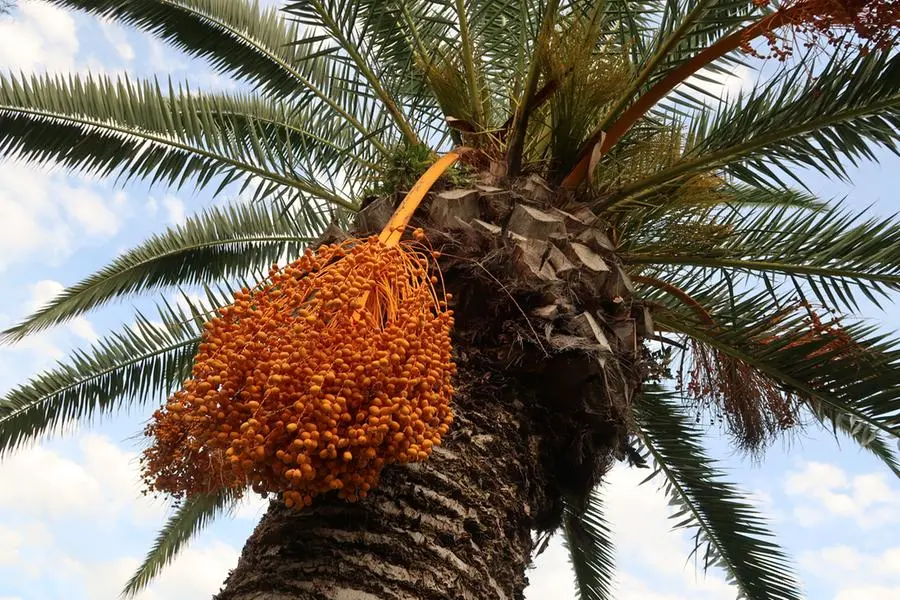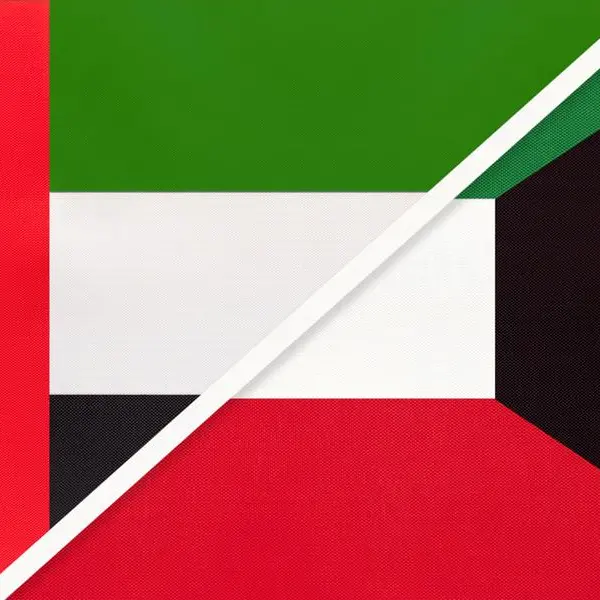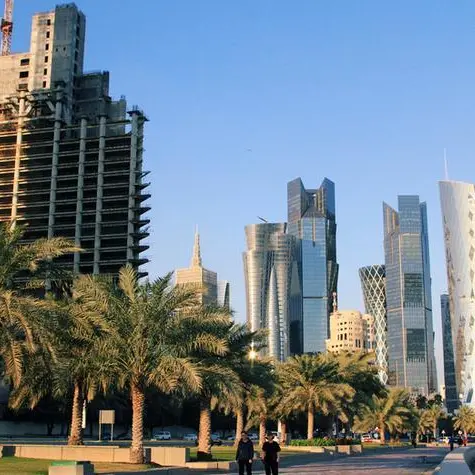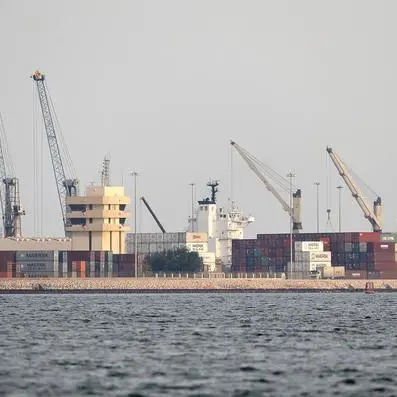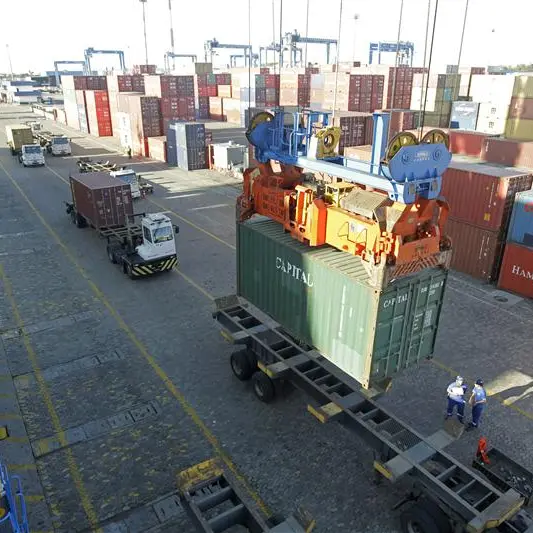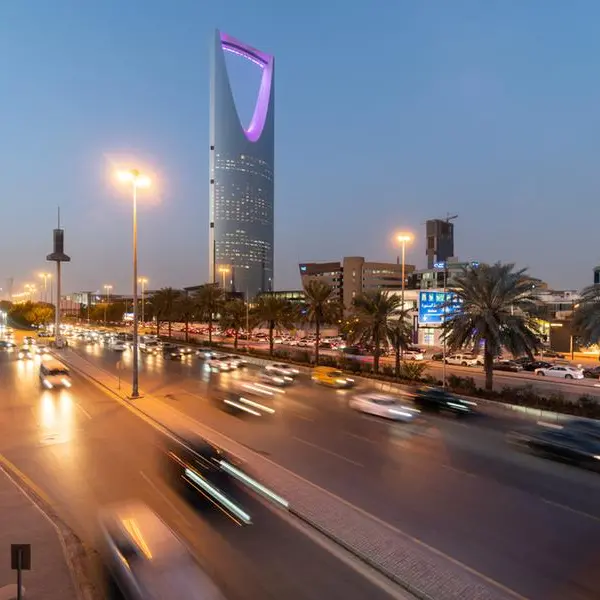PHOTO
Muscat – Although Oman is ranked second in the GCC and eighth globally in date production, it imported dates valued at RO11mn, marking a 22% increase compared to 2022 figures.
National Centre for Statistics and Information (NCSI) data indicates an intriguing trend in Oman’s date market.
According to the Ministry of Agriculture, Fisheries and Water Resources, consumption of dates among Omanis is high owing to a dietary habit attributed to the distinctive characteristics and health benefits of the fruit.
Cultivation of date palms takes precedence in Oman, with approximately 9mn date palm trees, representing 325 different varieties. Date cultivation area spans an estimated 62,000 feddans (26,000 hectares), accounting for 22% of the total cultivated area.
A national strategy for date palm promotion has led to a substantial increase in production. In 2021, production reached 374,000 tonnes, reflecting a growth of 49% from 2005. NCSI data showed further increase to 377,066 tonnes in 2022, an increase of 2,734 tonnes from 2021.
Dakhliyah is the leading date producer among the governorates with 90,200 tonnes, followed by North Batinah (57,923 tonnes) and South Batinah (54,715 tonnes). Other significant contributors include North Sharqiyah (52,586 tonnes), Dhahirah (46,204 tonnes), and South Sharqiyah (30,237 tonnes).
The Ministry of Agriculture, Fisheries and Water Resources, through the Directorate-General of Agricultural and Animal Research, has introduced innovative approaches to leverage technology for date production, including a pioneering technique of pollination using liquid pollen suspension offering a cost-effective and efficient alternative to manual pollination.
Drones are also employed in date palm germination operations and pest control, showcasing Oman’s commitment to incorporating modern technologies into agricultural practices.
© Apex Press and Publishing Provided by SyndiGate Media Inc. (Syndigate.info).
